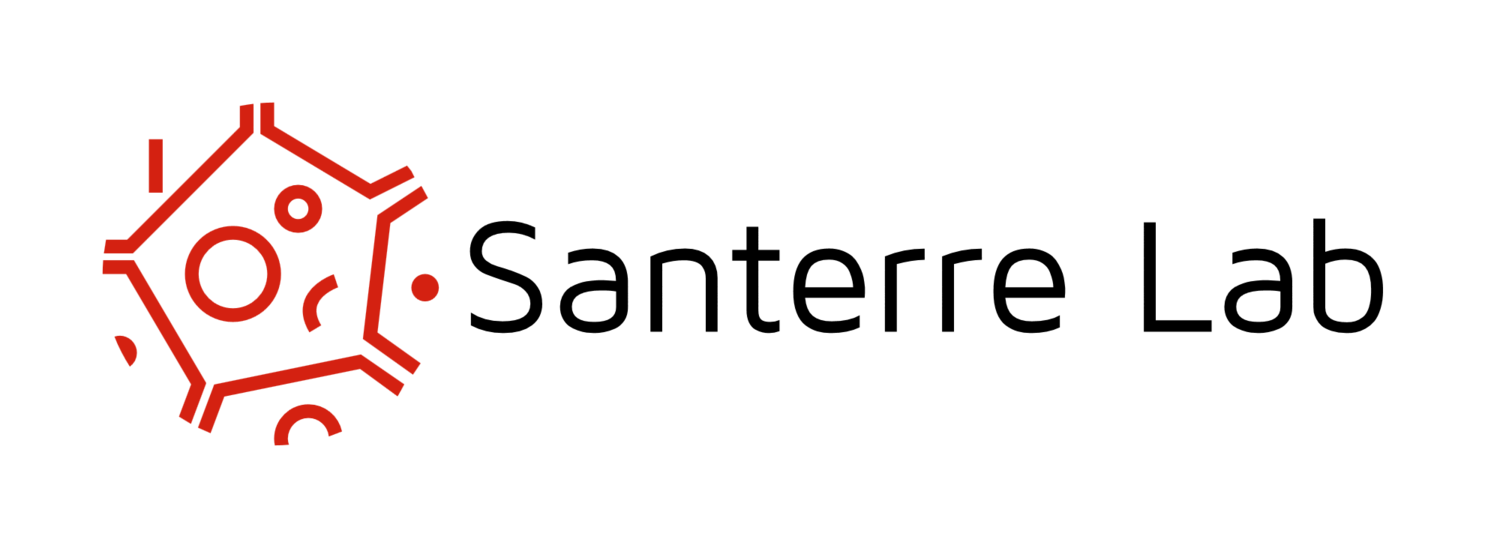Cardiovascular Disease & Regenerative Medicine
Cardiovascular disease (CVD) accounts for 32% of deaths in Canada, costing the economy ~$18 billion/year. While new drugs and innovative biomedical devices have played a significant role in improving the quality of life for patients suffering from CVD, they have not been successful in improving the morbidity or mortality rates. Tissue engineering has emerged as a promising solution to replace the various components of the cardiovascular system (blood vessels, heart valves and cardiac muscle). The Santerre group in collaboration with fellow biomaterials, biomechanics and engineering scientists are exploring the application of tissue engineering principles for the development of cardiovascular tissue that has mechanical, cellular and physiological properties comparable to that of native healthy tissue. To achieve the latter objective, extensive research has been dedicated to exploring and manipulating the scaffold chemistries, cell sources and culture environments (biochemical, mechanical and electrical cues).
Vascular Tissue Engineering
The Santerre laboratory has extensively investigated vascular tissue engineering and the use of polyurethane (PU)-based polymeric scaffolds for the replacement of diseased small-diameter blood vessels. Using adipose tissue-derived cells and three-dimensional PU scaffolds, the lab focuses on studying the role of physiologically-relevant mechanical and biomechanical (white blood cells) stimuli in modulating cell function and vascular tissue regeneration with the ultimate goal of generating a functional small-diameter vascular graft.
Cardiac Tissue Engineering
We are also extending our research and tissue engineering knowledge to develop functional cardiac tissue. The lack of oxygen and nutrient supply to the cardiomyocytes following a myocardial infarction results in extensive cell death and myocardium damage. The Santerre group aims to deliver functional human pluripotent stem cell-derived cardiomyocytes using PU-based electrospun nanofibrous scaffolds to regenerate the damaged myocardium with appropriate contractile functionality. Our interests also lie in the use of PU-based nanoparticles in combination with the electrospun nanofibrous scaffold, as a vehicle for the delivery of drugs/bioactive agents (e.g. growth factors) to the cardiac tissue.
Valve Tissue Engineering
The generation of viable heart valve tissue using tissue engineering represents a novel strategy to overcome the limitations of traditional valve replacements. The Santerre group is specifically focused on the development of PU-based polymeric scaffolds that support the synthesis and organization of cell and extracellular matrix with target compositional, organizational, and mechanical properties. Our interests also involve the study of biochemical and biomechanical conditions that promote valvular tissue generation.
Select Publications :
Antonyshyn JA, D’Costa KA, Santerre JP, Advancing tissue-engineered vascular grafts via their endothelialization and mechanical conditioning, The Journal of Cardiovascular Surgery, 61, 555-576 (2020) https://doi.org/10.23736/S0021-9509.20.11582-9
Zhang X, Simmons CAG, Santerre JP, Paracrine signalling of monocytes enables desirable extracellular matrix accumulation and temporally appropriate phenotype of vascular smooth muscle cell-like cells derived from adipose stromal cells, Acta Biomaterialia, 103, 129-141 (2020) https://doi.org/10.1016/j.actbio.2019.12.006
Antonyshyn JA, McFadden MJ, Gramolini AO, Hofer SOP, Santerre JP, Limited endothelial plasticity of mesenchymal stem cells revealed by quantitative phenotypic comparisons to representative endothelial cell controls, Stem Cells Translational Medicine, 8, 35-45 (2019) https://doi.org/10.1002/sctm.18-0127
Zhang X, Battiston KG, Simmons CAG, Santerre JP, Differential regulation of extracellular matrix components by altering specific vitamin C derivatives in the culture supplements of mono- and co-culture systems applied towards the engineering of vascular tissues in a degradable polyurethane scaffold, ACS Journal of Biomaterials and Biomedical Engineering DOI:10.1021/acsbiomaterials.7b00389
Zhang X, Bendeck M, Simmons CAG, Santerre JP, Deriving vascular smooth muscle cells from mesenchymal stromal cells: Evolving differentiation strategies and current understanding of their mechanisms, Review article, Biomaterials, 145, 9 - 22, (2017). https://doi.org/10.1016/j.biomaterials.2017.08.028

